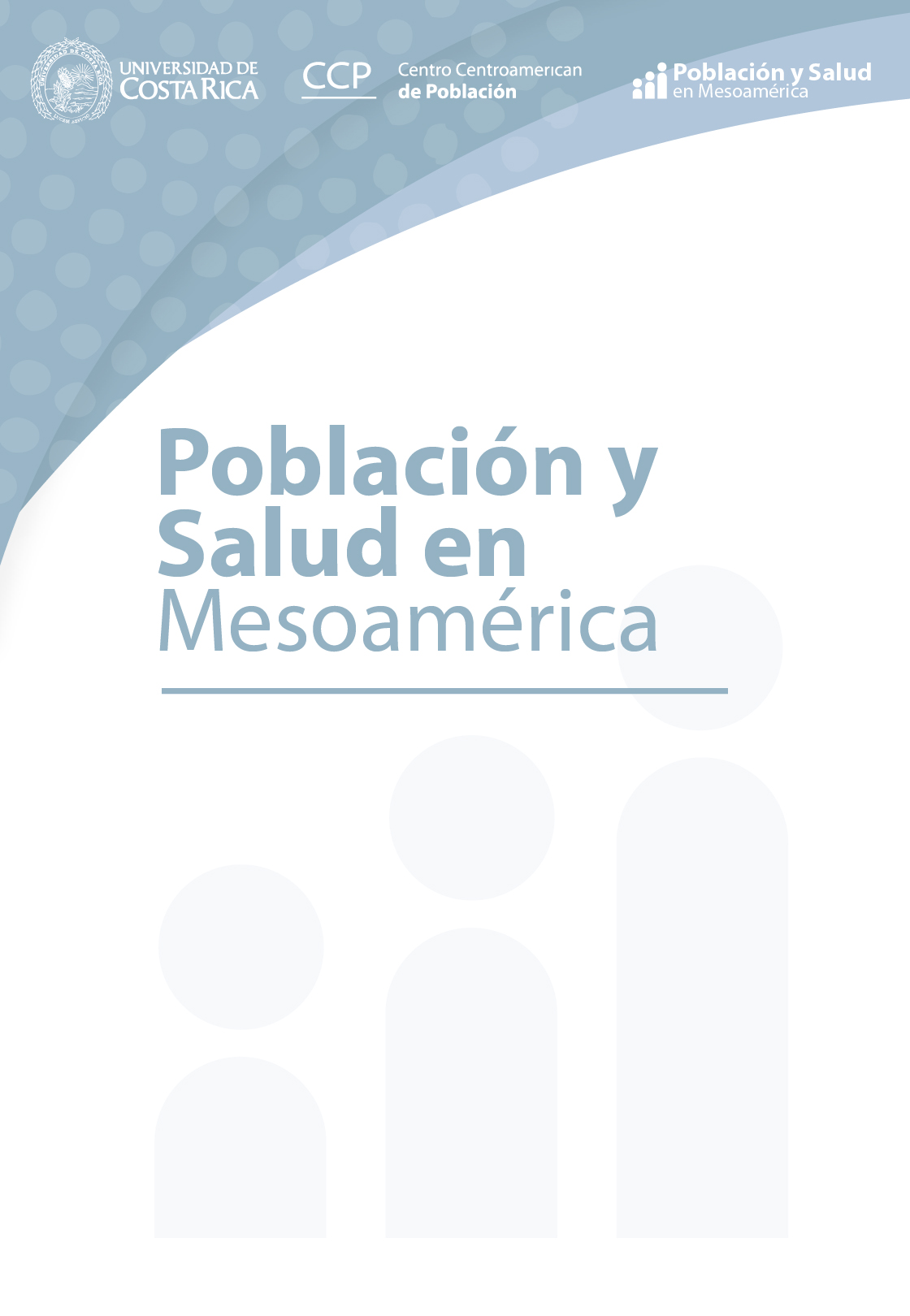Resumen
Introducción: El fomento de la resiliencia comunitaria es una parte importante de la preparación ante las catástrofes. Este estudio pretende determinar los factores que influyen en el estado de la resiliencia comunitaria y su relación con el capital social. Métodos: Los datos se recopilaron entre agosto y noviembre de 2021 mediante una encuesta a un grupo de mujeres mayores de 18 años en la República de Honduras, donde se produjeron dos huracanes y una pandemia en 2020. En este estudio se utilizó el muestreo por conglomerados y se realizaron entrevistas cara a cara mientras se visitaban sus casas. Se utilizó la Medida Conjunta de Evaluación de Resiliencia Comunitaria (CCRAM, por sus siglas en inglés) para examinar la puntuación de resiliencia comunitaria, mientras que la asociación entre el capital social, los atributos básicos, la preparación para desastres, y si los daños por los dos huracanes en 2020, etc. Para el análisis estadístico, se aplicó el análisis de regresión múltiple. Resultados: El capital social de vinculación fue un factor que disminuyó la resiliencia de la comunidad, y el capital social de vinculación fue un factor que aumentó la resiliencia de la comunidad. La resiliencia comunitaria de las personas con estudios primarios era superior a la de las personas sin estudios, pero no difería de la de las personas con más de estudios primarios. Conclusiones: La formación de puentes de capital social y la finalización de la educación primaria aumentaron la resiliencia de la comunidad.
Citas
Aldrich, D. P. (2012). Building Resilience: Social Capital in Post-Disaster Recovery. University of Chicago Press.
Bahera, J. K. (2023). Role of social capital in disaster risk management: a theoretical perspective in special reference to Odisha, India. International journal of environmental science and technology: IJEST, 20(3), 3385-3394.
Berkman, L. F., Kawachi, I., & Glymour, M. M. (2014). Social Epidemiology. Oxford Univ Pr.
Granovetter, M. S. (1973). The Strength of Weak Ties. American Journal of Sociology, 78(6), 1360–1380.
Ito, M. (2011). Disaster and Gender: One Month after the Great East Japan Earthquake. Tohoku University of Community Service and Science, 20, 35–48.
Japan International Cooperation Agency. (2017). Disaster Reduction Building the Foundations for Life and Livelihood mundi October 2017. https://www.jica.go.jp/publication/mundi/1710/index.html
Japan International Cooperation Agency. (2020). Country Analysis Paper Initiatives in each country. https://www.jica.go.jp/regions/america/plaza/jcap.html
Jagnoor, J., Rahman, A., Cullen, P., Chowdhury, F. K., Lukaszyk, C., Baset, K. U., & Ivers, R. (2019). Exploring the impact, response and preparedness to water-related natural disasters in the Barisal division of Bangladesh: A mixed methods study. BMJ Open, 9(4), e026459. https://doi.org/10.1136/bmjopen-2018-026459
Kawachi, I., Subramanian, S. V., & Kim, D. (2007). Social Capital and Health. Springer.
Khazai, B., Anhorn, J., & Burton, C. G. (2018). Resilience Performance Scorecard: Measuring urban disaster resilience at multiple levels of geography with case study application to Lalitpur, Nepal. International Journal of Disaster Risk Reduction, 31, 604–616. https://doi.org/10.1016/j.ijdrr.2018.06.012
Leykin, D., Lahad, M., Cohen, O., Goldberg, A., & Aharonson-Daniel, L. (2013). Conjoint Community Resiliency Assessment Measure-28/10 Items (CCRAM28 and CCRAM10): A Self-report Tool for Assessing Community Resilience. American Journal of Community Psychology, 52(3–4), 313–323. https://doi.org/10.1007/s10464-013-9596-0
Mayer, B. (2019). A Review of the Literature on Community Resilience and Disaster Recovery. Current Environmental Health Reports, 6(3), 167–173. https://doi.org/10.1007/s40572-019-00239-3
Norris, F. H., Stevens, S. P., Pfefferbaum, B., Wyche, K. F., & Pfefferbaum, R. L. (2008). Community Resilience as a Metaphor, Theory, Set of Capacities, and Strategy for Disaster Readiness. American Journal of Community Psychology, 41(1–2), 127–150. https://doi.org/10.1007/s10464-007-9156-6
Ohtake, F., Sakata, K., & Matsuo, Y. (2020). Early Evacuation Promotion Nudges for Heavy Rain Disasters. Behavioral Economics, 13, 71–93. https://doi.org/10.11167/jbef.13.71
Okaniwa, Y. (2013). The Agenda for Diversity on the Disaster and Gender. Bull. of Obihiro Otani Junior College, 50, 1–24. https://doi.org/10.20682/oojc.50.0_1
Pfefferbaum, R. L., Pfefferbaum, B., Van Horn, R. L., Klomp, R. W., Norris, F. H., & Reissman, D. B. (2013). The Communities Advancing Resilience Toolkit (CART): An intervention to build community resilience to disasters. Journal of Public Health Management and Practice: JPHMP, 19(3), 250–258. https://doi.org/10.1097/PHH.0b013e318268aed8
Plough, A., Fielding, J. E., Chandra, A., Williams, M., Eisenman, D., Wells, K. B., Law, G. Y., Fogleman, S., & Magaña, A. (2013). Building Community Disaster Resilience: Perspectives From a Large Urban County Department of Public Health. American Journal of Public Health, 103(7), 1190–1197. https://doi.org/10.2105/AJPH.2013.301268
Poortinga, W. (2012). Community resilience and health The role of bonding, bridging, and linking aspects of social capital | Elsevier Enhanced Reader. https://doi.org/10.1016/j.healthplace.2011.09.017
Ministry of Education, Culture, Sports, Science and Technology. (2005). Purpose and goal of compulsory education. https://www.mext.go.jp/b_menu/shingi/chukyo/chukyo0/toushin/attach/1419867.htm
Rapaport, C., Hornik-Lurie, T., Cohen, O., Lahad, M., Leykin, D., & Aharonson-Daniel, L. (2018). The relationship between community type and community resilience. International Journal of Disaster Risk Reduction, 31, 470–477. https://doi.org/10.1016/j.ijdrr.2018.05.020
Scherer, C. W., & Cho, H. (2003). A Social Network Contagion Theory of Risk Perception. Risk Analysis, 23(2), 261–267. https://doi.org/10.1111/1539-6924.00306
World Health Organization. (2020). State of the world’s nursing 2020: Investing in education, jobs and leadership.
https://www.who.int/publications-detail-redirect/9789240003279
Suzuki, Y. (2011). Created Disasters. Regional Studies, 11(2), 139–160. https://doi.org/10.24638/jcasreview.11.2_139
Szreter, S. & Woolcock, M. (2004). Health by association? Social capital, social theory, and the political economy of public health. International Journal of Epidemiology, 33(4), 650–667. https://doi.org/10.1093/ije/dyh013
The jamovi project. (2022). Jamovi (Version 2.3) [Computer Software]. https://www.jamovi.org/about.html
United Nations Office for Disaster Risk Reduction. (2009). 2009 UNISDR terminology on disaster risk reduction. https://www.undrr.org/publication/2009-unisdr-terminology-disaster-risk-reduction
United Nations Office for Disaster Risk Reduction. (2015). The Human Cost of Weather Related Disasters (1995 -2015). https://reliefweb.int/report/world/human-cost-weather-related-disasters-1995-2015
United Nations Office for Disaster Risk Reduction. (2022). Global Assessment Report on Disaster Risk Reduction 2022. https://www.undrr.org/publication/global-assessment-report-disaster-risk-reduction-2022
U.S. Department of Health and Human Services. (2010). Social Determinants of Health—Healthy People 2030 | health.gov. https://health.gov/healthypeople/priority-areas/social-determinants-health
Yoshikazu, F., & Tsuyoshi, K. A. H. (2007). Applicability of the concept of social capital and its measurement. https://nsg.repo.nii.ac.jp/?action=pages_view_main&active_action=repository_view_main_item_detail&item_id=3599&item_no=1&page_id=13&block_id=21
##plugins.facebook.comentarios##

Esta obra está bajo una licencia internacional Creative Commons Atribución-NoComercial-CompartirIgual 4.0.
Derechos de autor 2023 Junko Miyamoto, Minato Nakazawa







